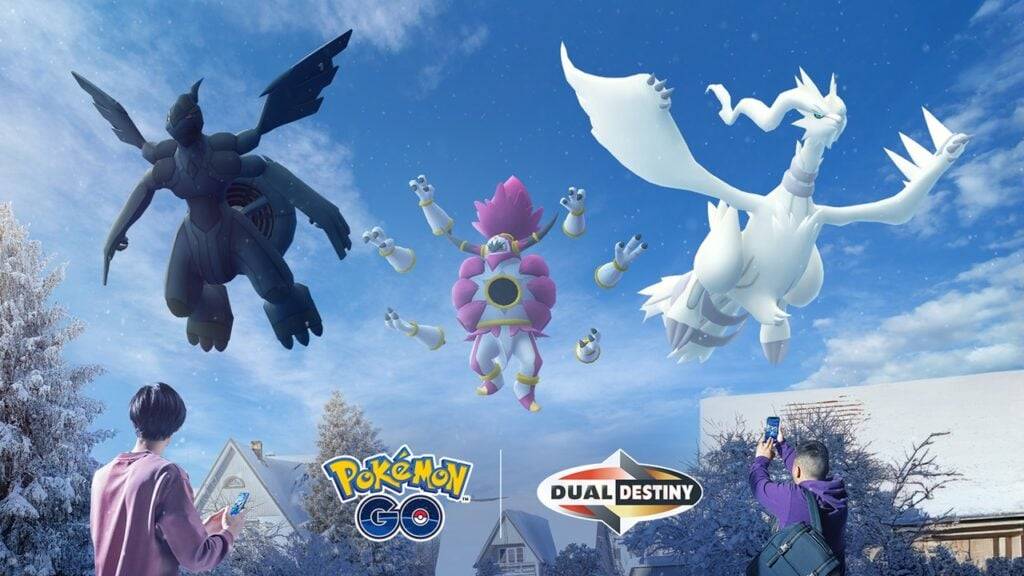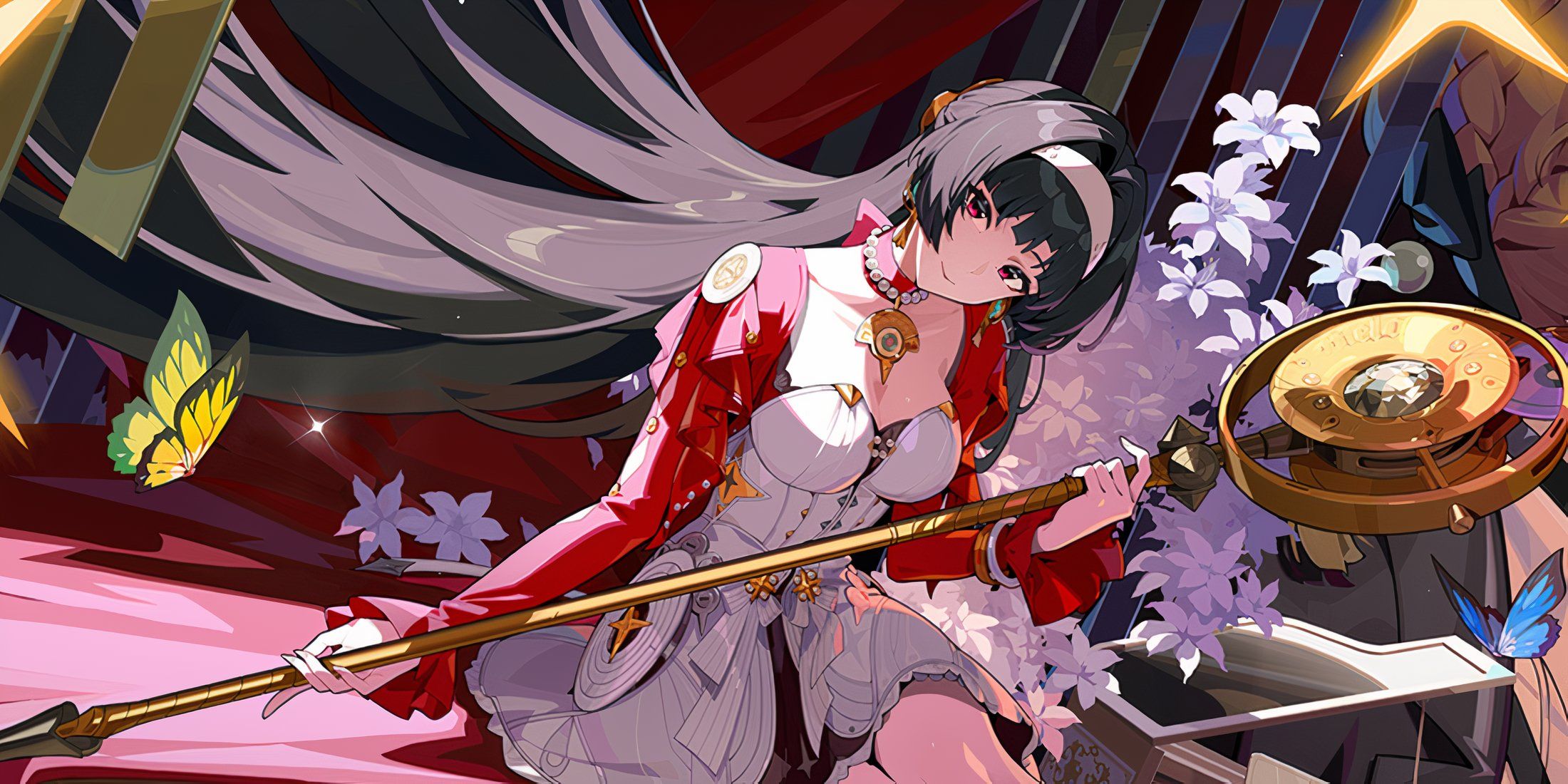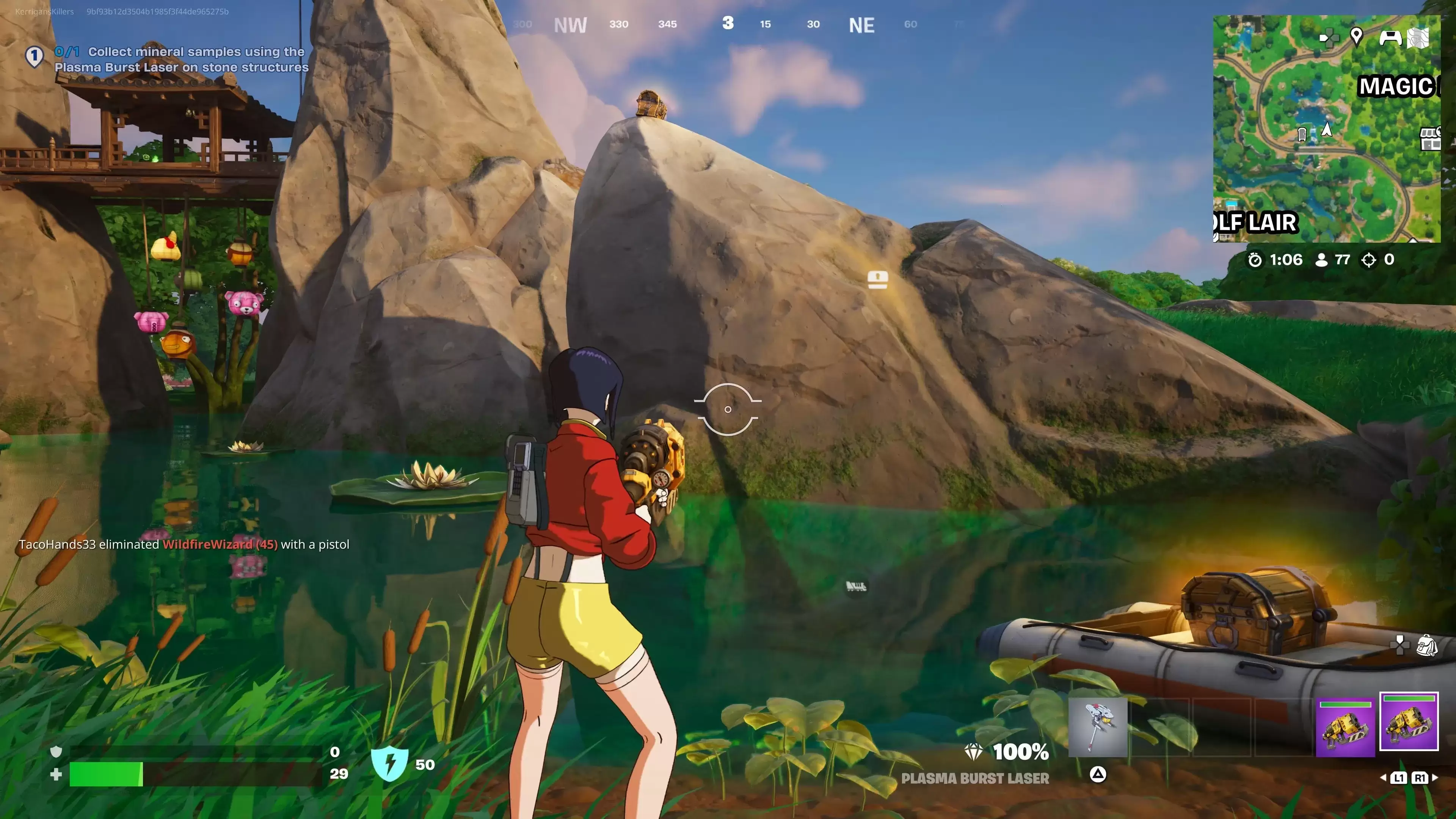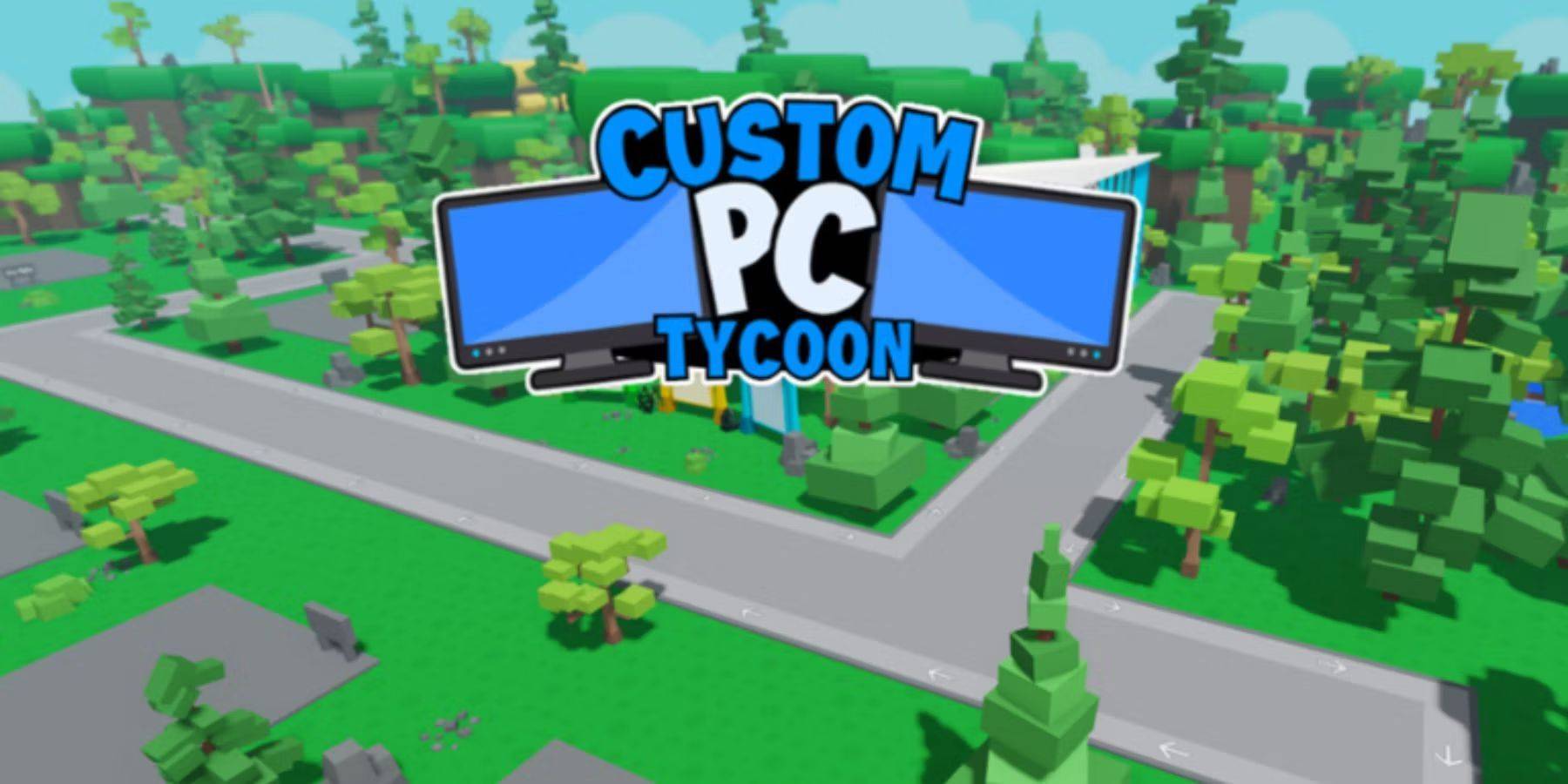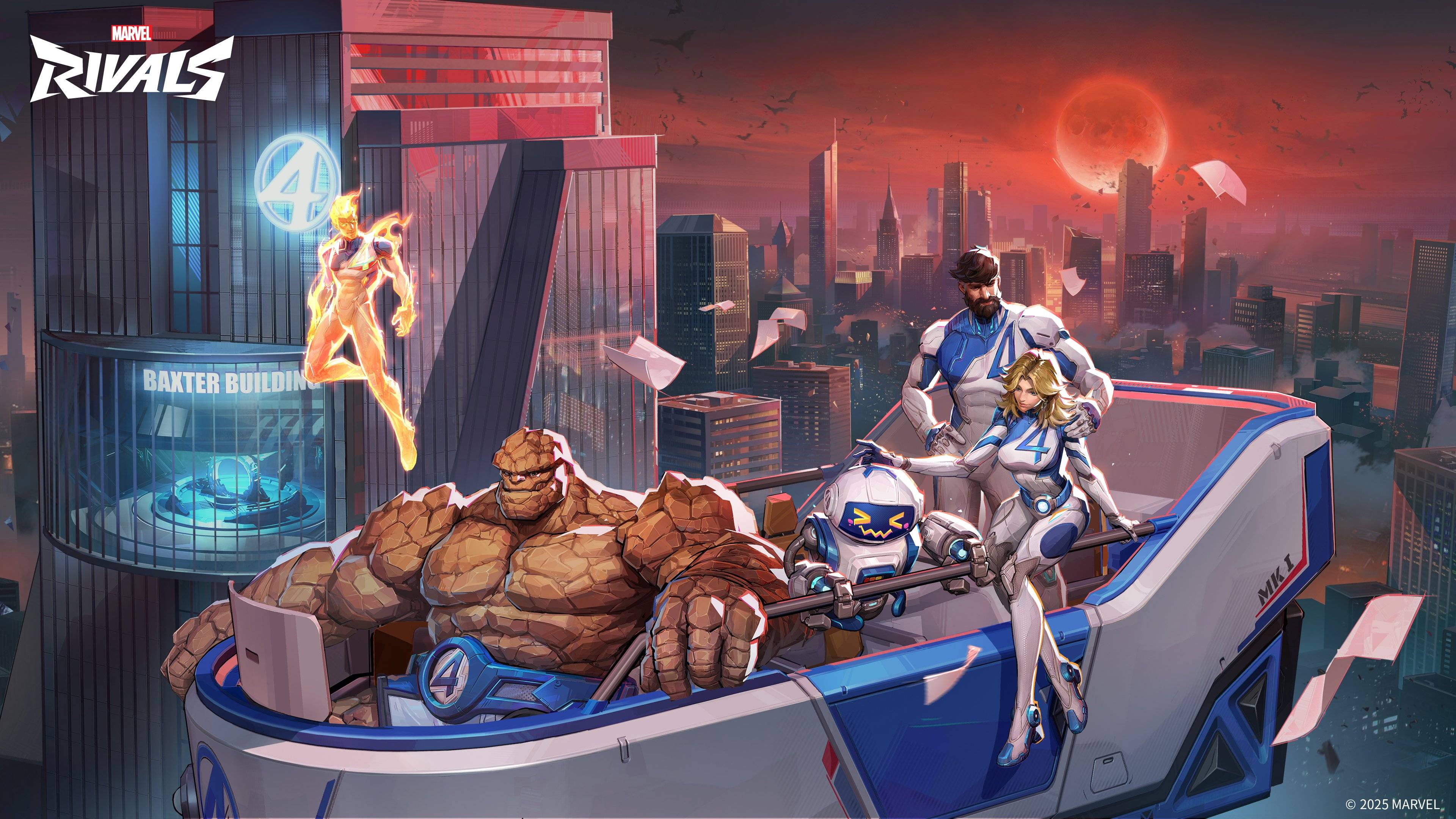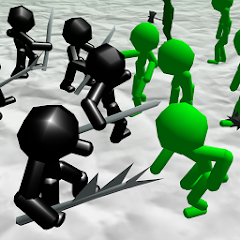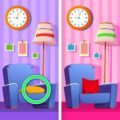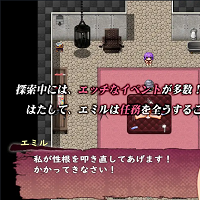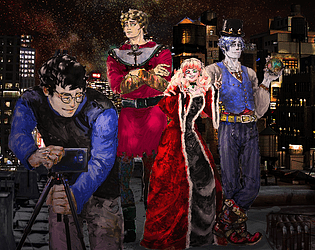After months of intense speculation, rumors, and leaks, Nintendo fully unveiled the Switch 2 during its own Direct. Not only did we receive trailers for new games like Mario Kart World, Donkey Kong Bonanza, and even exclusive Nintendo GameCube titles for Switch 2 Online, but more importantly, we got a good look at the system itself. I'm thrilled to report that, from an accessibility perspective, the Switch 2 is an upgrade to its predecessor in almost every way.
Several months ago, I explored my accessibility predictions for Nintendo's latest console. I wanted more robust accessibility offerings, better usage of Joy-Con controllers, and unique inclusive design practices. To my surprise, Nintendo answered every wish while also delivering extras. For this Access Designed, let's examine the exciting and confirmed accessibility features of the Switch 2.
New Accessibility Settings
The Direct offered little in terms of tangible accessibility options, aside from fully customizable controls for each virtual GameCube game, in line with the system settings. However, Nintendo released an accessibility page detailing a range of returning and new features.
Fully customizable controls are back, functioning exactly like the original Switch. The ability to adjust text size to three different variants returns, but now includes High Contrast and the option to change general display colors. The Zoom functionality, essential for blind/low vision players, is also making a comeback. Yet, Nintendo's biggest surprise is the introduction of a new "Screen Reader" setting.
Blind/low vision individuals often rely on Text-to-Speech to navigate menus and settings. While the Screen Reader is only available for the HOME menu and system settings, it's a vital tool that allows disabled players to independently navigate the Switch 2. Options to choose different voices, read speeds, and volume levels accompany this feature. Although we still don't know if individual games will support these tools or come equipped with their own accessibility offerings, Nintendo's acknowledgment of their disabled audience is a welcome development, sparking my interest in the future of accessibility at the company.
Innovative Design
While not within a specific menu, Nintendo advertised a new inclusive tool that adds depth to a beloved franchise and significantly improves cognitive, physical, and blind/low vision accessibility. Within the renamed Nintendo Switch App, there's Zelda Notes, a companion app for Breath of the Wild and Tears of the Kingdom. With the Navigation option, players can locate shops, areas of interest, and even the elusive Koroks within the app's GPS-like UI. The app, equipped with audio cues and voices, directs players to the exact location of their selected object. While it doesn't help with precise navigation or enemies, it assists blind/low vision individuals in navigating the overworld and reduces cognitive overload when traveling across vast worlds.
For cognitive, blind/low vision, and physically disabled players, another feature in the app—the Autobuild Sharing tool—allows players to share their custom Zonai tech creations. By scanning a QR code, disabled individuals can automatically build a Zonai machine if they have the corresponding materials. This feature has been particularly helpful for me, as I struggled with the control layout and required buttons to build Zonai machinery in Tears of the Kingdom. Now, I only need to focus on gathering materials, not the actual building process. This reflects Nintendo's commitment to inclusive design, which I've long praised.
Additionally, disabled individuals can share items with one another through Item Sharing, similar to Autobuild Sharing. By scanning a QR code, I can immediately access items sent by friends, reducing physical strain from constantly searching the world for weapons and food. While this doesn't make Breath of the Wild and Tears of the Kingdom fully accessible, it's a significant step forward.
Wheelchair Sports
The biggest surprise for me was the announcement of Drag X Drive, a Rocket League-esque game that lets players control characters in manual wheelchairs on a basketball court. This announcement not only showcases proper disability representation but also highlights one of the Switch 2's few new hardware changes—mouse control.
By flipping the Joy-Con on its side, players can move the controller across any surface, mimicking a computer mouse. While we don't yet know the force required to move the cursor (my mouse on an ultrawide monitor has a DPI of 6400 for comparison), any new way to play will undoubtedly benefit a variety of disabled players. It's exciting to imagine how Nintendo will utilize this feature, but more importantly, it's another tool for disabled individuals. Combined with the multitude of controller types already available on the Switch and Switch 2, Nintendo continues to innovate with controller usage.
As a Nintendo fan, I'm beyond excited for the Switch 2. Although I'm hesitant to spend upwards of $450 for the system, my love of gaming began with Nintendo. With each new system, exciting accessibility additions continue to demonstrate Nintendo's commitment to accessibility and inclusive design. While we still don't have a first-party accessible device like the Xbox Adaptive Controller and PlayStation Access Controller, Nintendo is innovating in its own way by offering new ways to play for disabled individuals. Combined with the recent announcement of Nintendo joining other developers to create standardized accessibility tags, I believe we'll see Nintendo continue to elevate accessibility for the better.

 Latest Downloads
Latest Downloads
 Downlaod
Downlaod

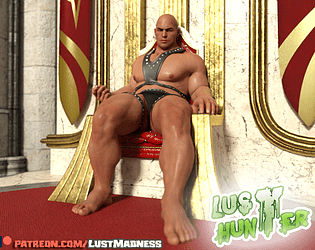
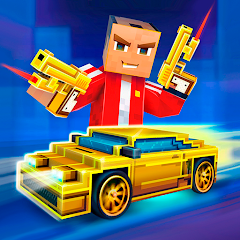
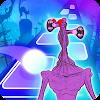
 Top News
Top News